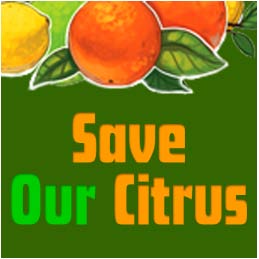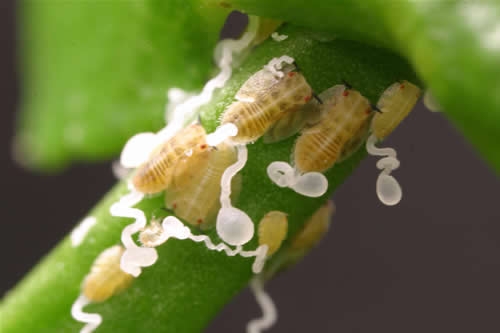Joel Nelsen on Departure of UK from the EU
Joel Nelsen Comments on EU and Impact on Ag from Recent Washington D.C Trip
Yesterday, we were fortunate enough to meet up with Joel Nelsen of California Citrus Mutual at Fresno-Yosemite Airport. He filled us in about his recent trip to Washington, D.C.
Nelsen told us about the discussion he and his colleagues had with foreign trade leaders regarding imports into the United States, as well as how California Ag will be impacted by the United Kingdom exiting from the European Union.
Click below to check it out!


























